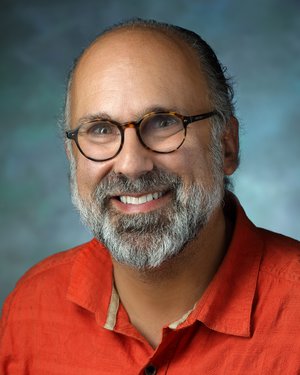Research Lab Results
-
David Linden Lab
The David Linden Laboratory has used both electrode and optical recording in cerebellar slice and culture model systems to explore the molecular requirements for induction and expression of these phenomena. Along the way, we discovered a new form of plasticity. In addition, we have expanded our analysis to include use-dependent synaptic and non-synaptic plasticity in the cerebellar output structure, the deep nuclei. Our investigations are central to understanding the cellular substrates of information storage in a brain area where the behavioral relevance of the inputs and outputs is unusually well defined. In addition, our investigations have potential clinical relevance for cerebellar motor disorders and for disorders of learning and memory generally.
-
Laboratory for Computational Motor Control
The Laboratory for computational Motor Control studies movement control in humans, including healthy people and people with neurological diseases. We use robotics, brain stimulation and neuroimaging to study brain function. Our long-term goals are to use mathematics to understand: 1) the basic function of the motor structures of the brain including the cerebellum, the basal ganglia and the motor cortex; and 2) the relationship between how our brain controls our movements and how it controls our decisions. -
Neuroimaging and Modulation Laboratory (NIMLAB)
The neuroimaging and Modulation Laboratory (NIMLAB) investigates neural correlates of cognition and behavior using neuroimaging methods such as functional magnetic resonance imaging (fMRI) and neuromodulation techniques such as transcranial magnetic stimulation (TMS). We are looking in depth at the contributions of the cerebellum and cerebro-cerebellar circuits to cognition; the effects of chronic heavy alcohol consumption on cognition and brain activation underlying cognitive function; how aging in humans affects neural systems that are important for associative learning and stimulus awareness; and the integration of transcranial magnetic stimulation with functional MRI.


